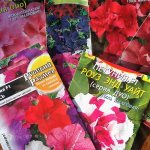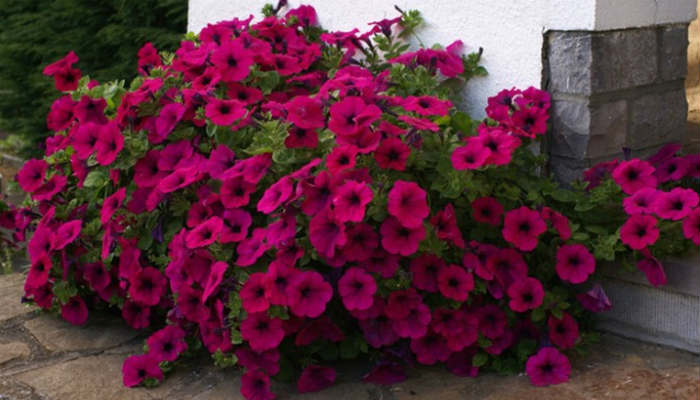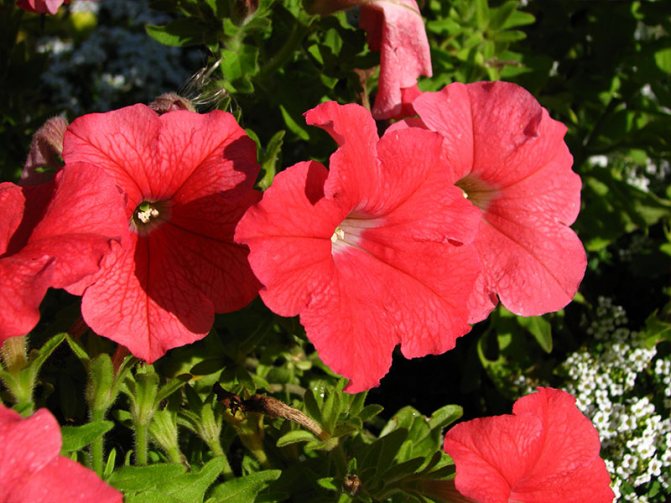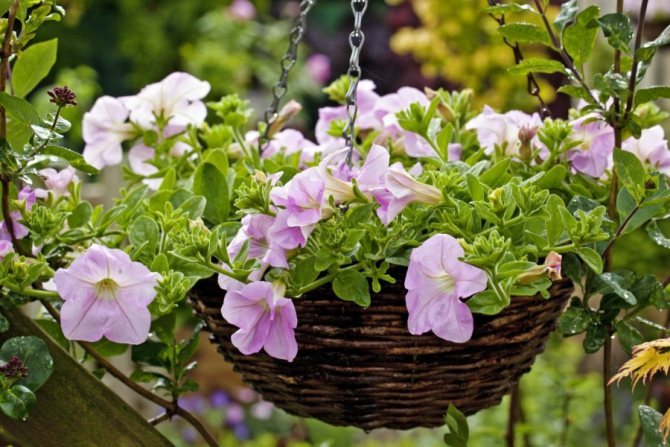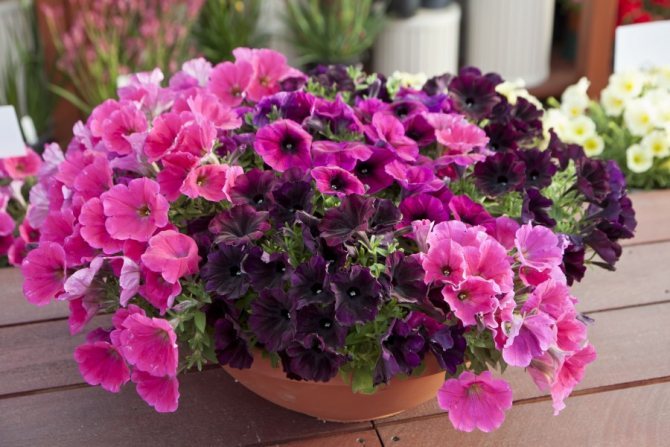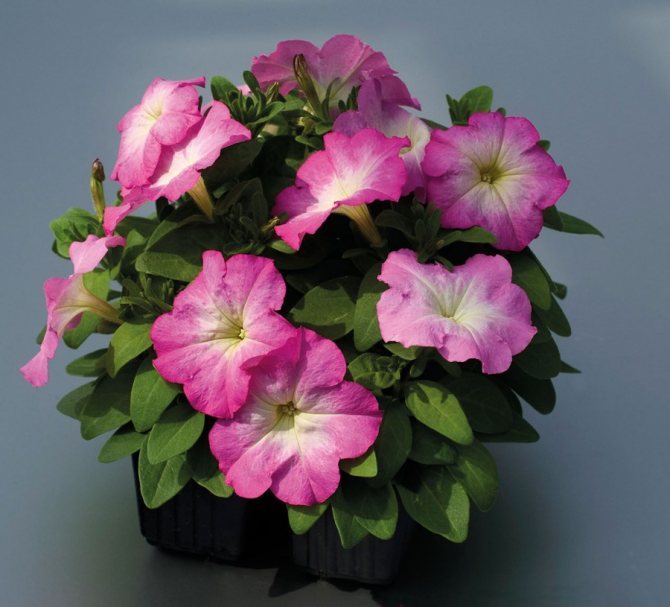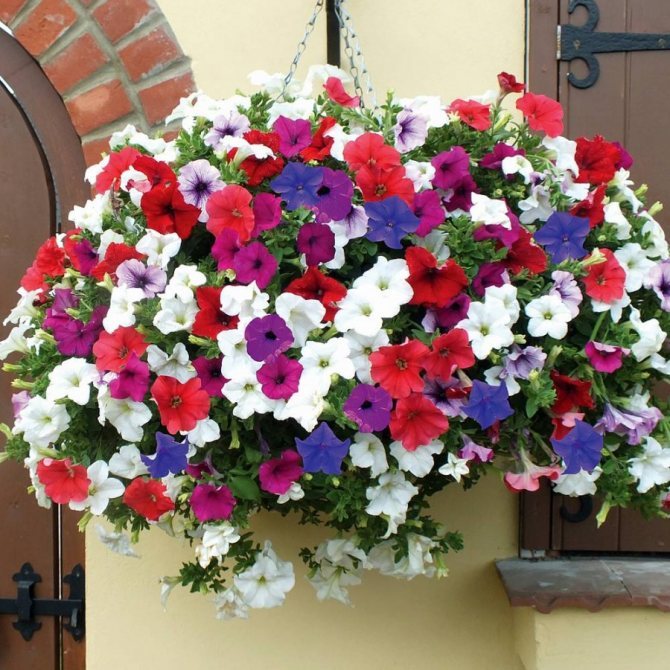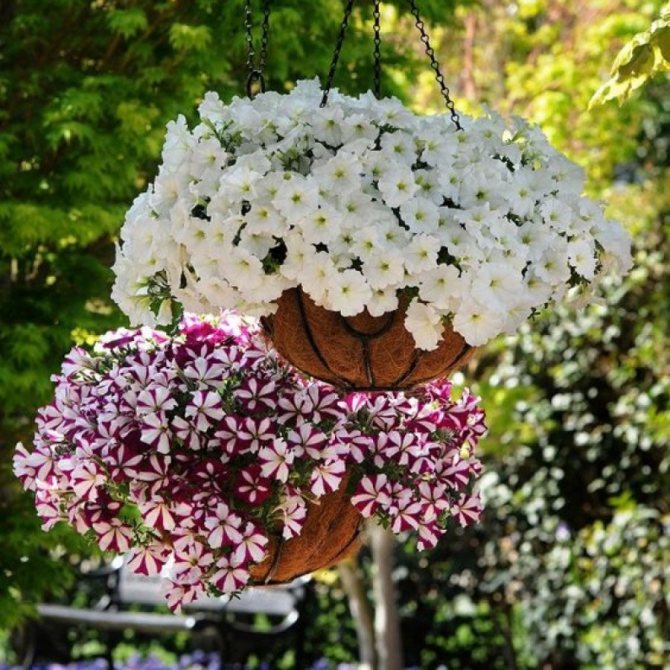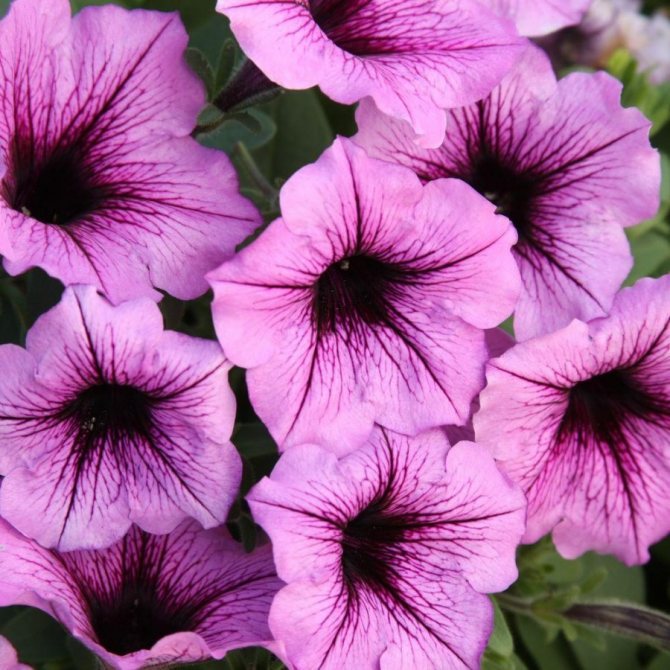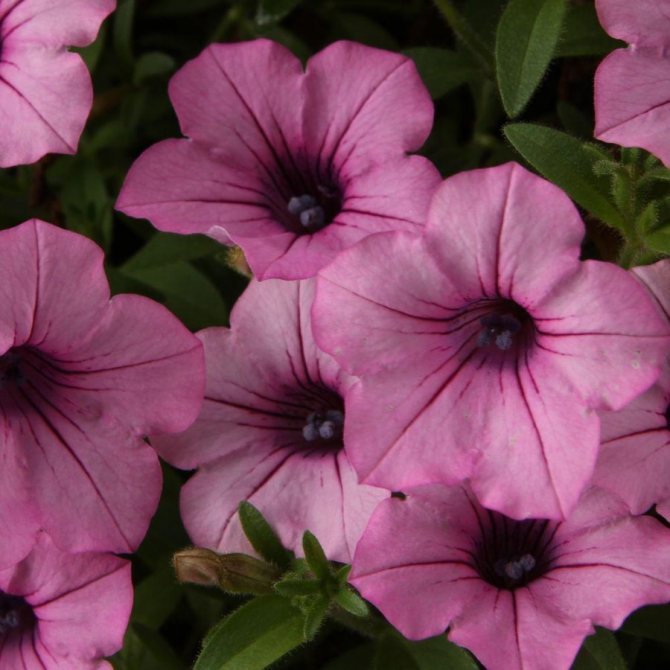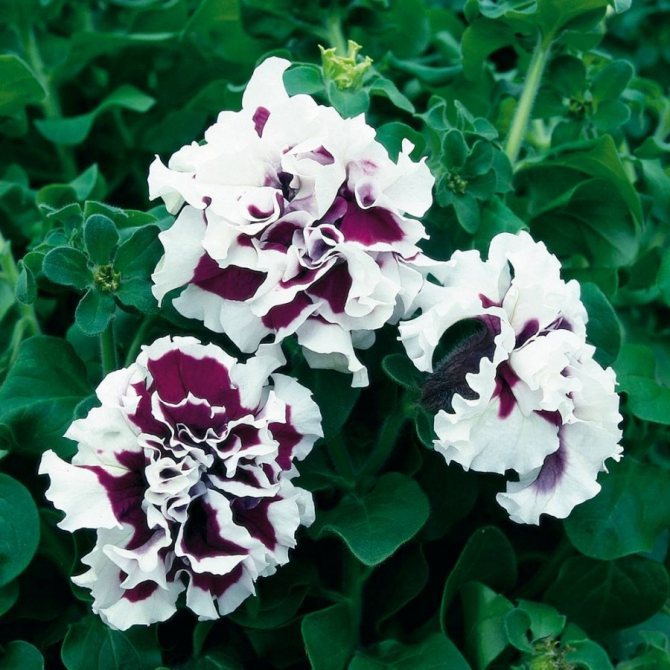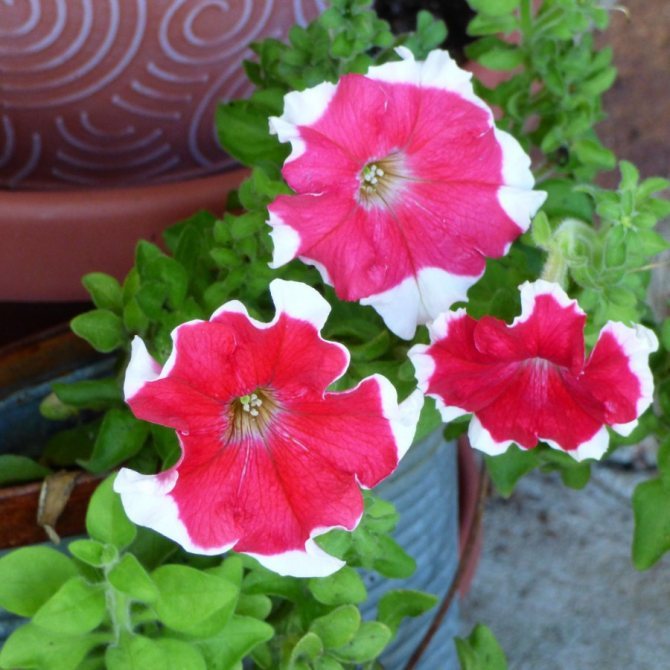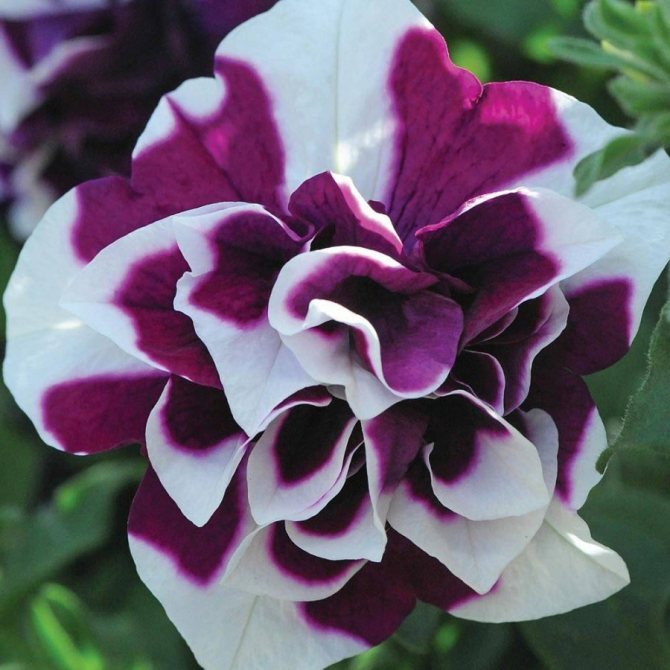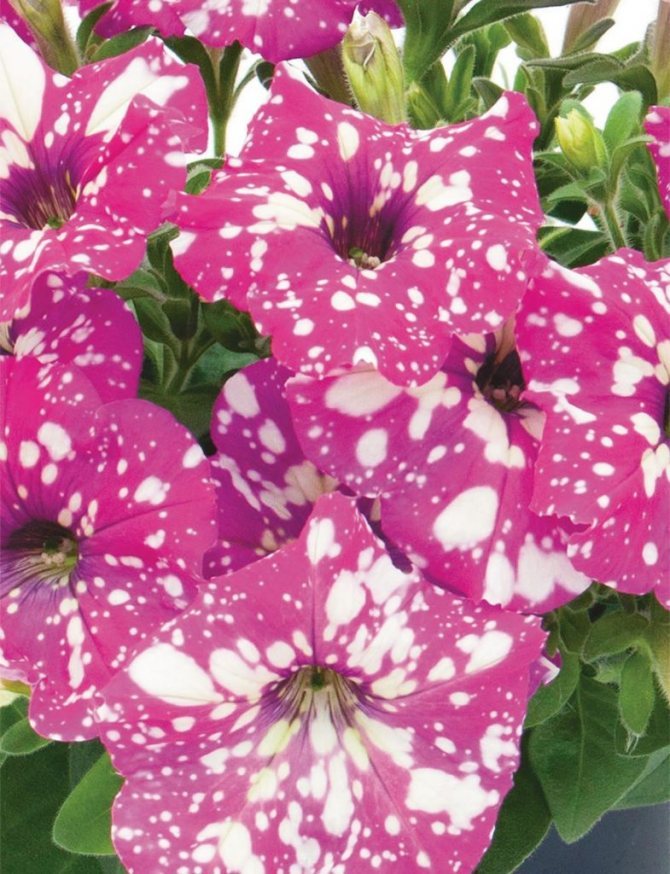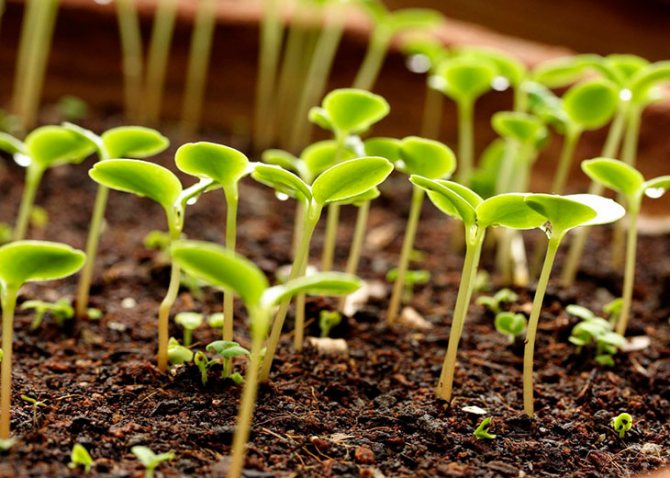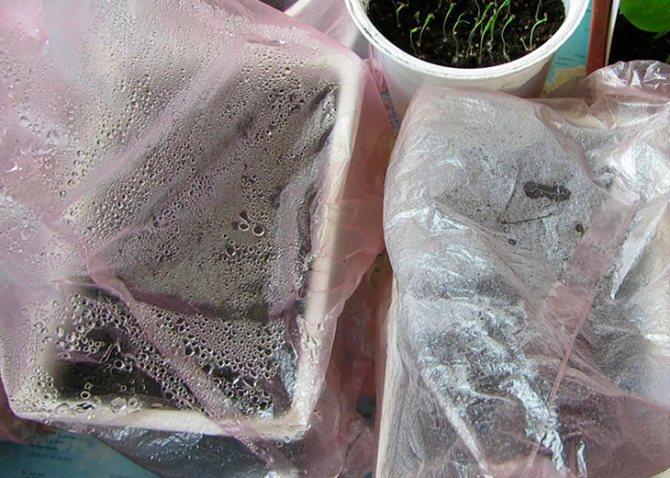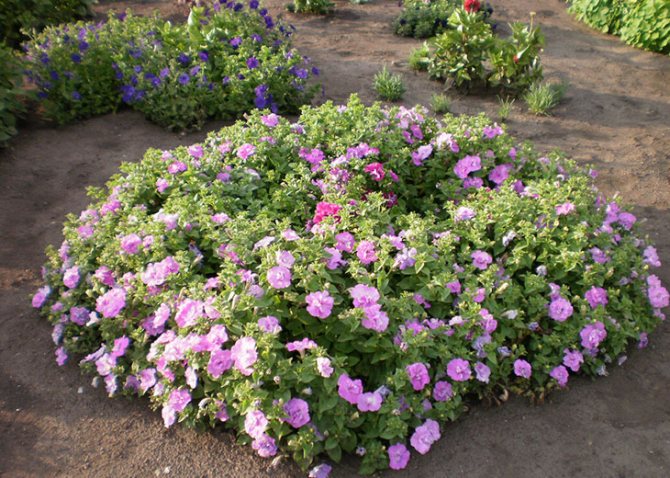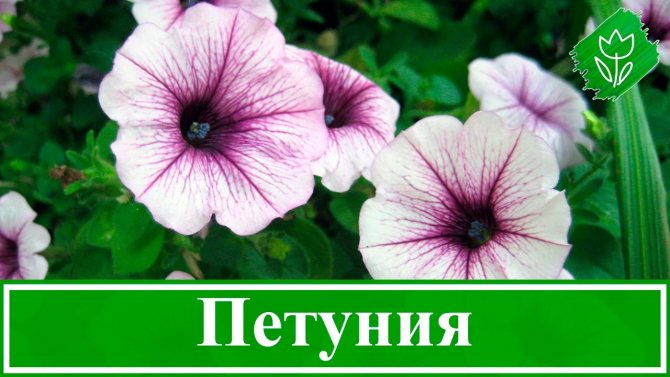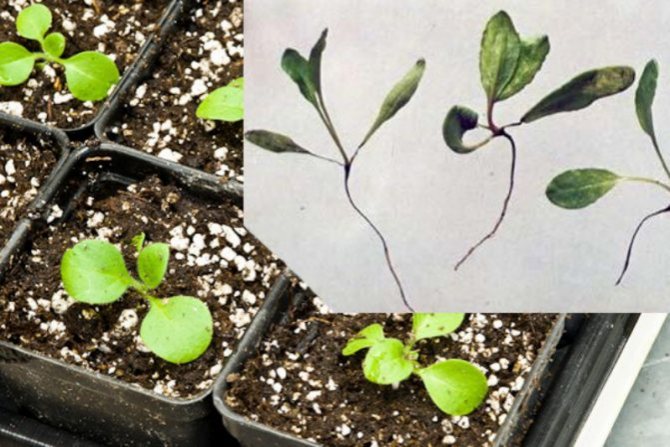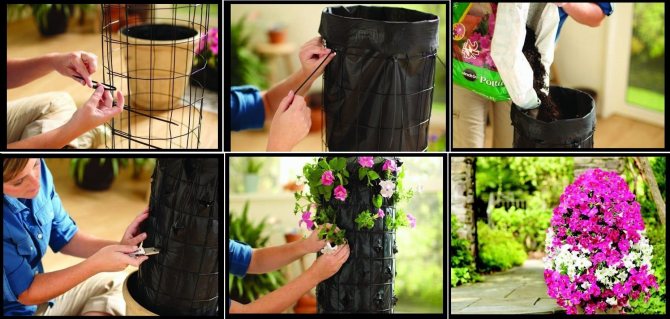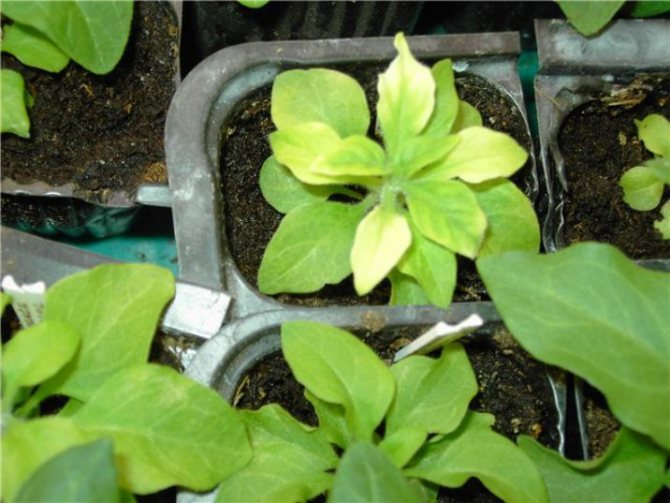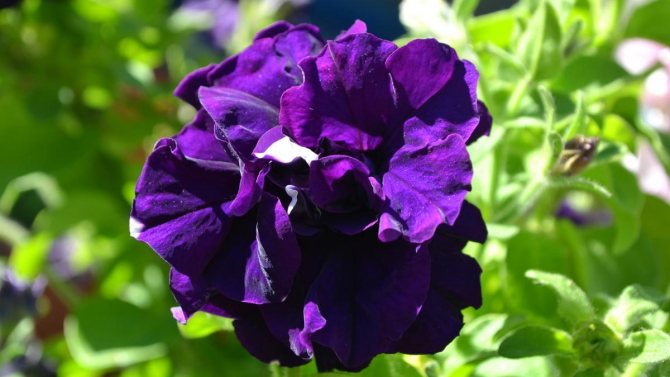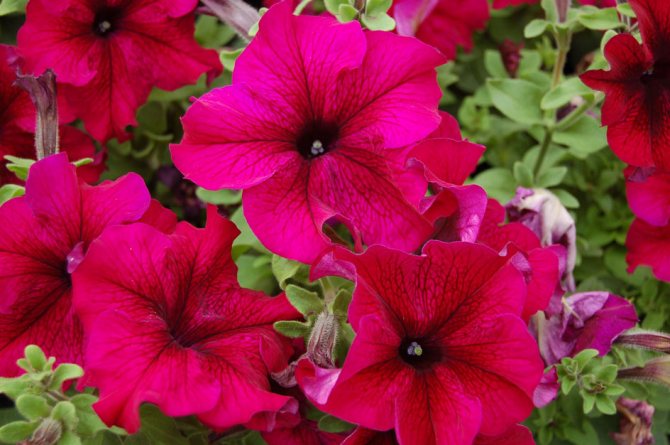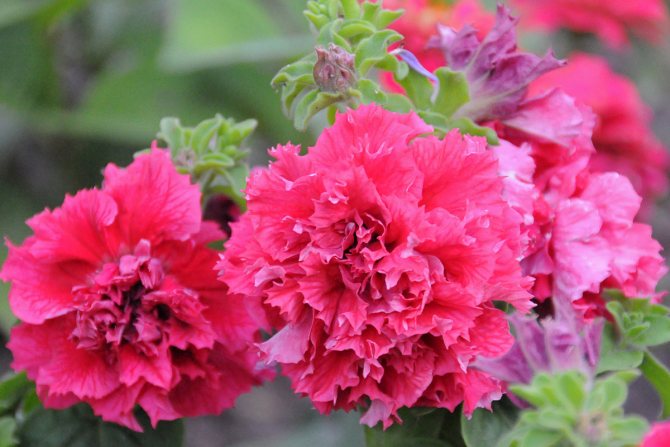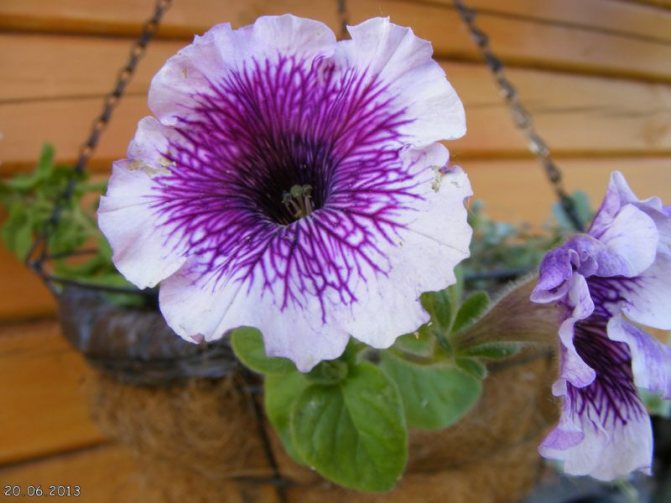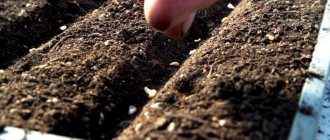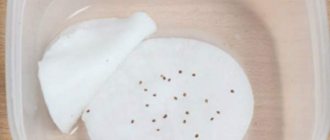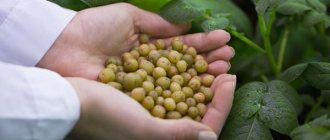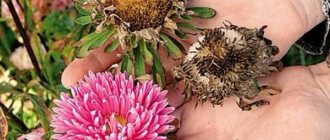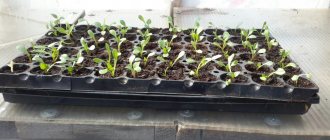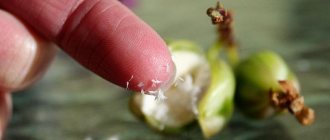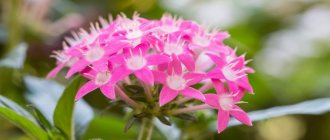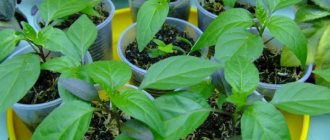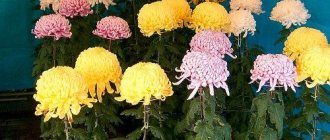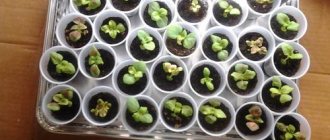Petunia is, without exaggeration, the most popular annual. It can be seen not only in flower beds and flower beds, but also in pots on balconies and terraces. She found widespread love for abundant and long flowering. Although in spring all flower shops are traditionally "buried" in seedlings of any shape and color, many flower growers want to grow a wonderful plant on their own. Planting petunias for seedlings is a troublesome job; but if you know and strictly follow all the rules of agricultural technology, you can get flowers grown by your own hands.
When to sow petunia seeds for seedlings: optimal timing
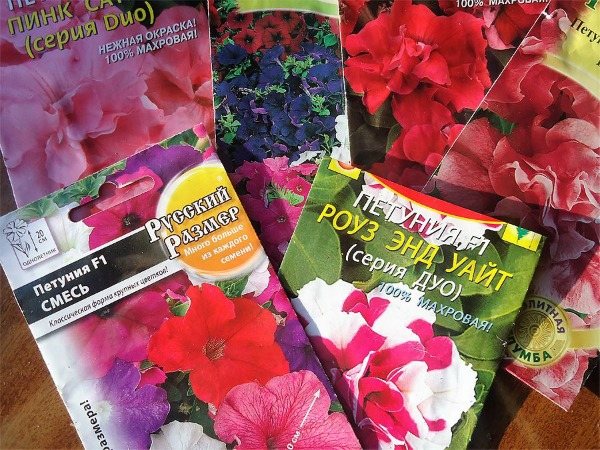
Petunia in our climate is always grown in seedlings, as this plant has a long growing season. If sowing directly into the ground when the weather permits, the flowering period will be very short. The seedling method of growing allows you to get flowering petunias much earlier.
In addition, self-sowing allows you to avoid re-grading, at home it is possible to disinfect the seeds and ensure the health of young seedlings. Taking into account the climatic differences in the regions, sowing in each locality is carried out at its own time:
- In the middle lane and the Moscow region petunia seeds are planted during February. For southern windows, sowing is carried out at the beginning of the month; for northern windowsills, this is done towards the end of February.
- Residents Ural you can start sowing petunias in mid-March. If you do this earlier, the seedlings may outgrow.
- In Siberia sowing crops can be a week later than residents of the Ural region do it. Siberian summers are warm, but they come later than in other climatic zones.
- In the Leningrad region a favorable time for sowing will be the end of February. Work can be carried out in early March. In this case, gardeners will be guaranteed to get strong and healthy seedlings by the time the petunias are planted in the flower bed.
When choosing a sowing date, we recommend taking into account favorable and unfavorable days according to the lunar calendar. Petunia is one of those plants that need to be sown on the growing moon.
Diseases and pests
When you responsibly follow the rules of how to grow and take care of the flower, you will not face the problem of the disease. But, if you ignore them, then there is a risk of the following diseases:
- Late blight
- Chlorosis
- Blackleg
- Gray rot
Such insects can also settle:
- Aphid
- Thrips
- Spider mite
- Slugs.
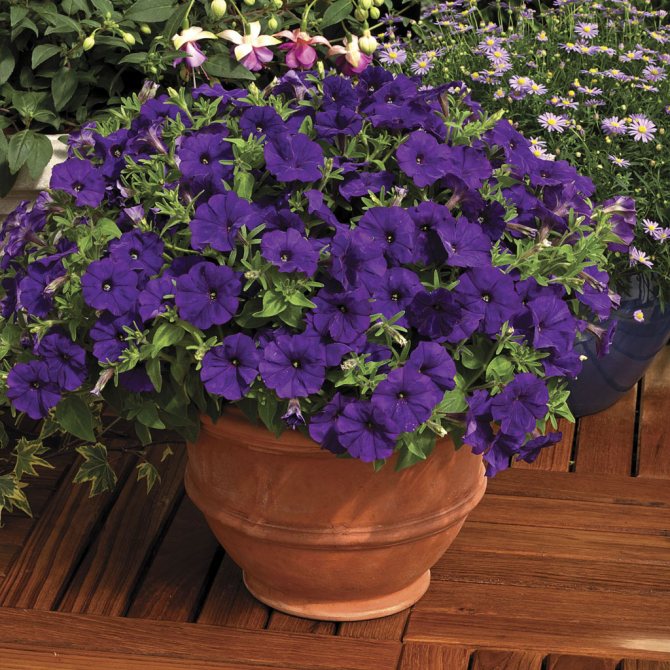

Petunia Shrub
To deal with each of the problems, special means are used.
Preparatory work before sowing
First you need to decide what kind of petunia you need. If you have any difficulties with the choice, you can always contact the seller - a consultant who will help you not to get lost in the varietal variety of petunias and choose the variety that suits you perfectly.
How to choose the right seeds
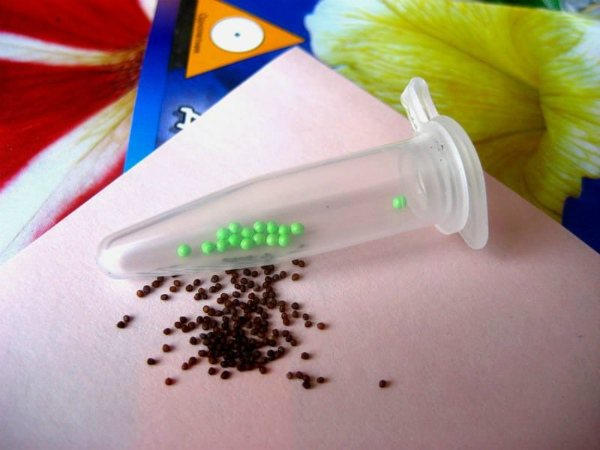

First of all, pay attention to the date of seed release indicated on the package. The culture quickly loses its germination, so it is better not to purchase seed material, which expires.If you have a manufacturer on your note that you trust, give preference to this brand.
In addition, you need to consider the way the plants are grown. Cascading and ampelous varieties are suitable for hanging pots, and bush varieties for planting on a flower bed. If you want to get abundant flowering, it is better to stop at multiflora group petunias or surfinias.
Those who are struck by the extraordinary size of the flowers should pay attention to the large-flowered terry varieties. With combined plantings, the color of the petunia matters. When choosing a variety, consider how the plants will combine in color with other annuals planted nearby.
Popular varieties
According to their varietal characteristics, all petunias are divided into four main groups:
- grandiflora (large-flowered);
- multiflora (multiflorous);
- floribunda;
- ampelous.
In large-flowered petunias the diameter of the inflorescence reaches 7-10 cm, the flowers can be either simple or double. The number of buds on one plant is small.
Of the popular varieties, one can single out "Purpl pirouette", "Hit-parade", "Pikoti".
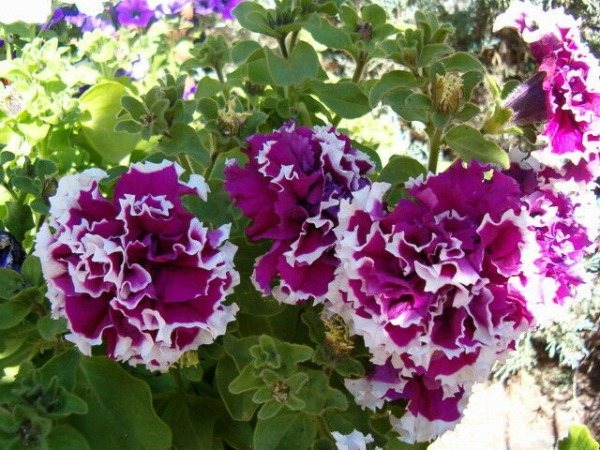

Purple pirouette
Multi-flowered petunia it is distinguished by abundant flowering. The flowers are small in size, their diameter is 5-7 cm. Plants of this group bloom early. Flowering lasts until frost. Petunia is unpretentious in leaving. This variety is often used in large mixborders.
Outstanding representatives of the group are "Plumcrystals", "Mirage", "Fantasy".
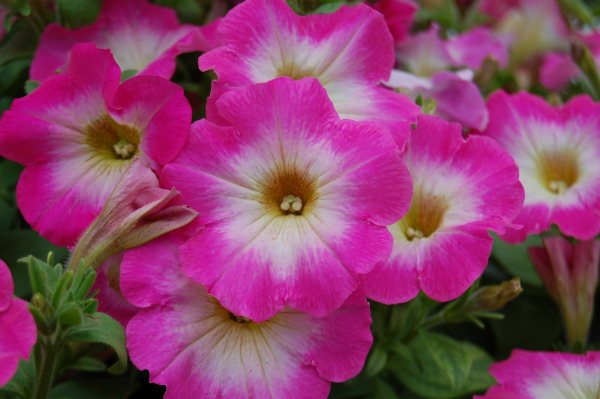

Mirage
To the floribunda group include petunias, which occupy an intermediate position between grandiflora and multiflora. This species looks good only in group plantings. Floribunda is resistant to adverse environmental influences.
Popular representatives of this group are - "Celebrity", "Sonya Burgundy".
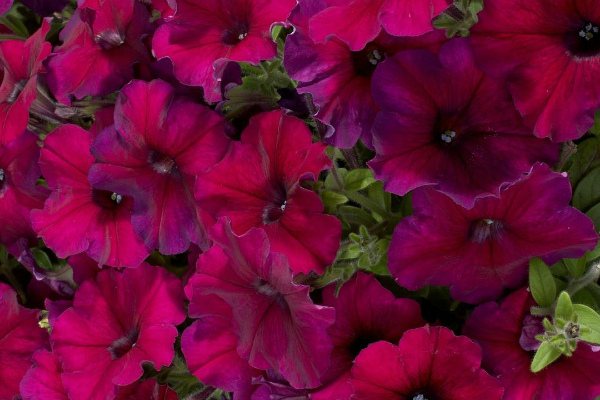

Celebrity
To the ampelous (garden) group include plants that produce long shoots. These petunias are great for balconies and terraces. This varietal group, in turn, is divided into subgroups (Surfinia, Tumbelina, Conchita), differing in flower diameter.
Among the ampel petunias, the most famous are “La Gioconda”, “Easy Wave”, “Avalanche”.
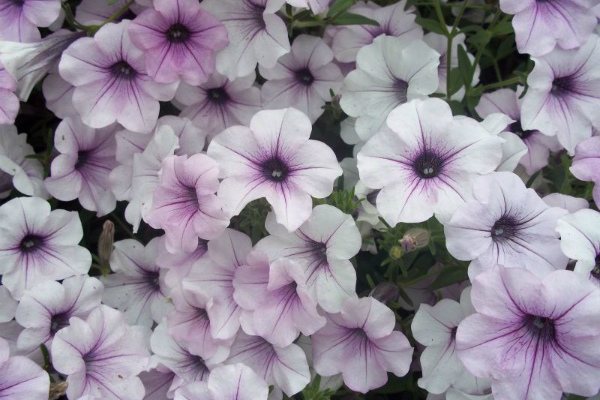

Easy Wave Silver
What plants can you combine with?
Bush petunia is a fairly friendly plant that gets along well with other flowers. The selection of companions should be made based on the following criteria:
- color spectrum;
- harmony of forms;
- sizes;
- method of growth and cultivation;
- seasonal coincidences and differences.
Petunia goes well with spring flowers, but you need to remember that petunia blooms for a long period of time, so at the beginning of summer you will have to carefully clean the flower bed of already dried spring neighbors. After these steps, the flower garden should not look like a patch of bald patches.
Therefore, daffodils, hyacinths, crocuses and tulips should be planted next to petunias along well-thought-out geometric lines that will be effective even after the removal of dead vegetation.
To make it easier to choose flowers for landscape design, we suggest looking at the photos of harmonious combinations of petunias with specific plants.
- You can emphasize the riot of colors of petunia with an openwork contour silvery cineraria.
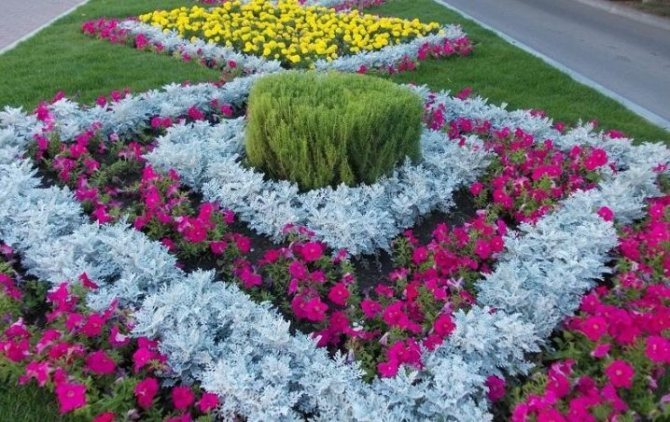

- Lobelia - a huge ball of small flowers, competes with petunia in its brightness and splendor, but at the same time they get along well with each other. Even ampelous varieties do not shade the lobelia, if it is placed in the center, and the shoots of the petunia hanging from the flowerpot are directed downward.
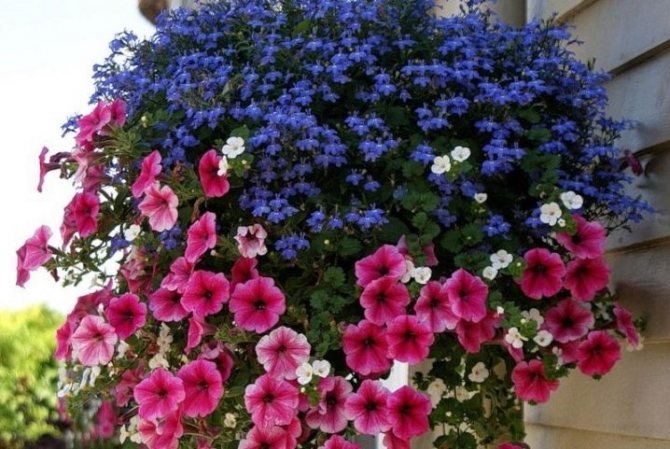

- The photo shows an example of unity marigolds, cineraria and petunias. They come in contrast to the stone design of the flower bed. Such a bright oasis among the monotonous greenery of the surrounding landscape combines the energy of life and the philosophical peace of stone.
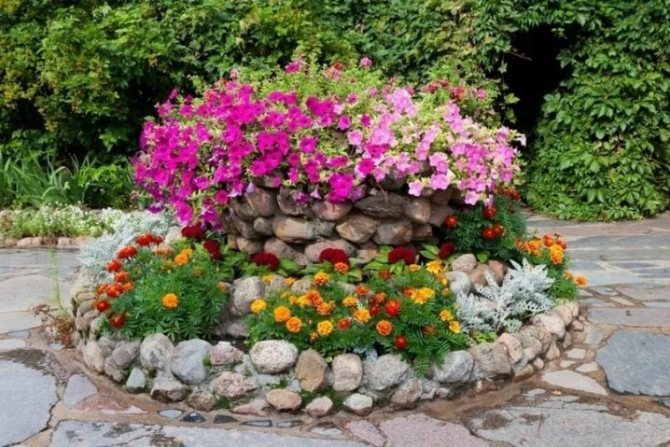

- Ampel mixes are mesmerizing vervains with petunia.Shape, color, size - everything is different, but the flowerbed looks harmonious.
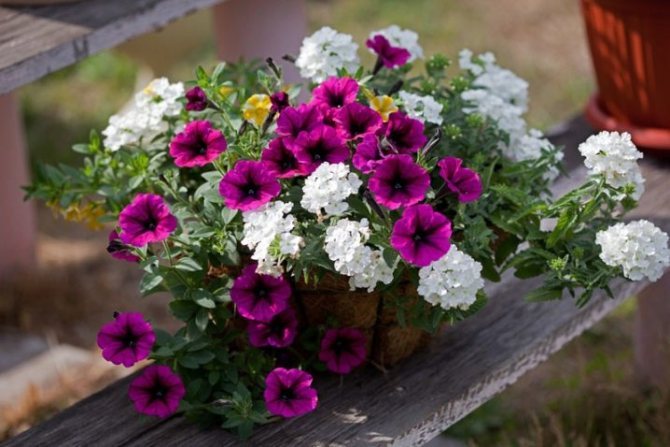

- Carved leaves go well with cascading petunia fern... The fern heads the flowerbed, sitting in the center of the exposition, and bright flowers tend to fall like a waterfall.
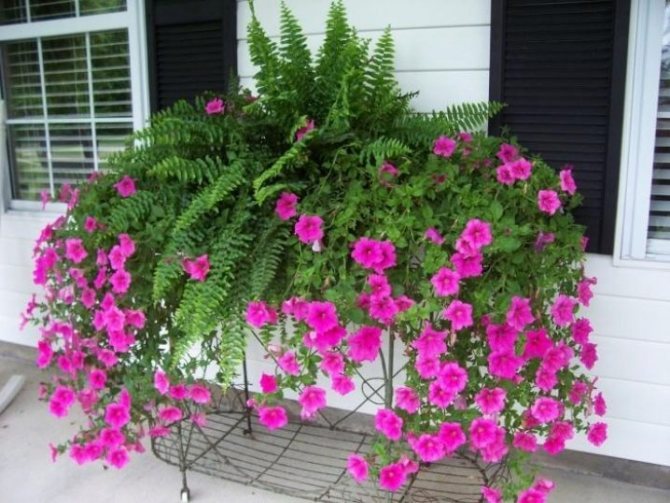

Growing petunias from seeds at home: step by step instructions
When self-growing petunia seedlings, you can choose any method of sowing convenient for yourself. If you have already tried sowing seeds before, but you have failed, try doing it some other method, it may be more suitable for you.
Choosing a method of sowing petunias
Each of the petunia seed planting methods has its own pros and cons. You can experiment and choose the most convenient option for yourself.
In peat tablets
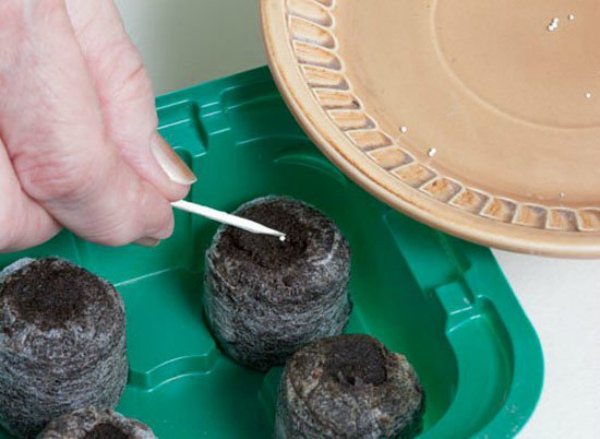

Peat tablets are made from pressed peat. Outside, they have a dense mesh shell that helps to maintain their shape, while allowing moisture and air to pass through. The use of peat tablets allows you to do without additional containers, save space on the windowsill. With this method of cultivation, the roots of plants receive the necessary moisture, air and nutrition. Saves space on the windowsill.
Sowing:
- before sowing, the tablets are folded into a common container and poured with settled warm water;
- after half an hour, the tablets will swell, if they seem to be insufficiently moistened, you can add a little more water, drain the excess moisture;
- one seed is planted in each tablet, it is convenient to pry the seeds with a moistened toothpick;
- after that, the container is covered with a transparent lid or film;
- dredged seeds should be moistened before sowing by dropping water on them.
The disadvantages of this method include the rapid drying of containers, which implies constant control over the humidity level and fairly frequent watering.
In addition, the acidity of the peat may not be suitable for growing petunias. First, you need to measure the acidity indicator using litmus. The disadvantage is the high cost of peat tablets. It is advisable to use them when growing pelleted seeds or rare varieties.
Seedlings of petunia in peat tablets - quickly and easily: video
Mixing petunia seeds with sand
Mixing with sand allows you to evenly distribute petunia seeds over the surface of the soil, which is the main advantage of this method. It is used for sowing in a common container.
Sowing progress:
- the container is filled with moistened loose earth;
- petunia seeds are poured onto a saucer with a small amount of clean calcined sand and mixed with a wooden stick;
- then the mixture of sand and seeds is evenly distributed over the soil surface in the container;
- at the last stage, the crops are sprayed from a spray bottle with warm water and the container is covered with glass or film.
The disadvantage of this method is the preliminary preparation of the sand. It must be sieved, removing impurities, and then calcined or spilled with a hot solution of potassium permanganate and dried. It takes skill to plant evenly.
Sowing petunias in the snow
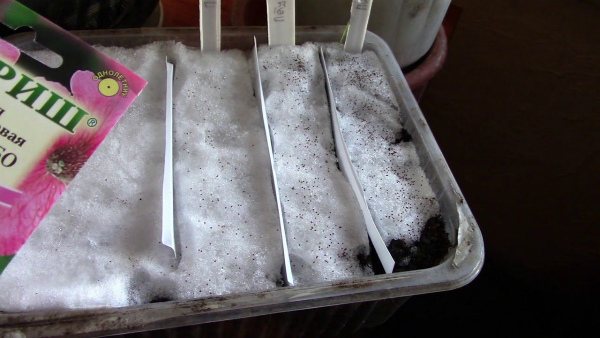

When sown on snow, the seeds are clearly visible on a white background, so they can be distributed more evenly with a toothpick. This method does not require additional watering, the melted snow will pull the seed to the desired depth. The sowing method on snow looks the most simple:
- loose fertile soil is poured into the container and leveled;
- a layer of snow with a thickness of 1-1.5 cm is laid on top;
- seeds are distributed over the surface of the snow mass;
- the top of the container is covered with a transparent lid.
This method has no disadvantages, but you need to act in an organized and quick manner. Having brought snow from the street, they immediately start sowing, until the melting process begins.
Sowing in cassettes
The advantage of using brass knuckles for sowing is that there is no need for a pick. Each plant will initially occupy an individual container. This method is ideal for planting pelleted seeds. If you plan to sow ordinary seed, use a wet toothpick, with which the seed is transferred to the cassette.
Sowing process:
- so that the seeds of petunia are better seen, they are poured onto a sheet of white paper;
- the cassettes are filled with loose moist soil and slightly compacted;
- with the help of a soaked toothpick, the seed is transferred to the center of the cup and pressed to the ground, you can shake it off with a second toothpick;
- after sowing, the seeds are lightly sprinkled with soil and sprayed with a spray bottle;
- put on a transparent plastic bag on top.
This sowing method is rather laborious and will take more time. The moisture level in the cassettes will need to be monitored more often, because the volume of land is small.
Into a snail
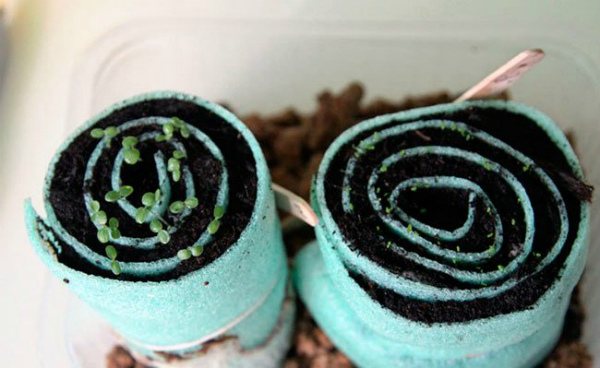

Sowing in a snail is a relatively new way of planting seeds. It is also used for growing petunia seedlings. In a snail, seedlings can develop before being transplanted to a permanent place, the roots of plants with this method of growing do not get tangled. Seedlings are removed very easily, you just need to unfold the snail. The package takes up little space on the windowsill, it is easy to care for the seedlings.
Sowing work step by step:
- on the table, lay out a tape from a substrate under a laminate with a length of 25 cm;
- a strip of toilet paper is laid on top of it;
- the paper is slightly moistened with a spray bottle;
- seeds are laid out along the upper edge of the snail, retreating 1 cm from the top, the interval between the seeds should be 1-2 cm;
- soil about 1 cm thick is spread over the seeds with an even strip and slightly compacted;
- toilet paper is again put on top of the soil and sprayed with a spray bottle;
- now the snail can be rolled up and fixed with a rubber band;
- after that, the bundle is placed in a container, while the seeds should be on top;
- a plastic bag is put on the multilayer structure.
The disadvantages of this method include the possible elongation of seedlings and the formation of weaker roots.
If planted too densely, the plants may lack light.
Into boiling water
Gardeners claim that with this method of growing seedlings, success is guaranteed. The advantages of the methods include the fact that even stale seeds germinate well when using it. It is recommended to use coconut substrate for planting.
Sowing step by step:
- the container is filled with a substrate, the seeds are laid out on the surface and spilled with freshly boiled water;
- the container is immediately closed with a lid and additionally wrapped in a towel or newspaper;
- after 24 hours, the wrapper is removed, the container under a transparent lid is placed in a warm, bright place.
The disadvantages of the method, some attribute its extremeness and do not dare to sow in this way. However, as an experiment, this can be done in parallel using a different seeding method.
Care of young seedlings
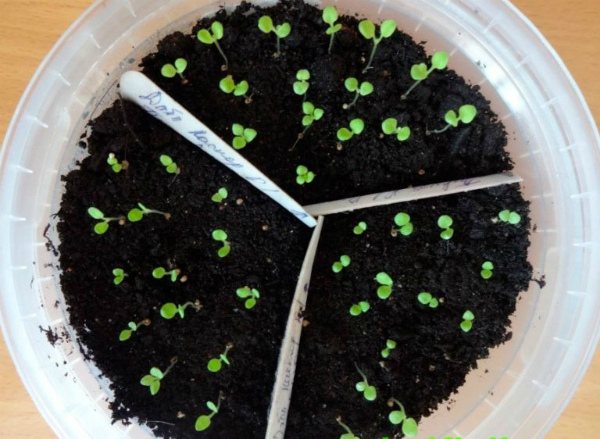

Before the emergence of seedlings, petunia seedlings are kept under cover at a temperature of 23-25 ° C. On average, seedlings appear in 2 weeks. After that, the seedlings need to provide optimal conditions for development and growth.
Lighting
With early sowing in February, petunias will need additional lighting. It is best to use a special phytolamp for supplementary lighting of plants for this purpose. The lamp is installed at a distance of 20 cm from the seedlings.
You can also use fluorescent or fluorescent lamps. From mid-March, additional lighting can be omitted. Seedlings are rearranged to the most luminous place, shading from midday sunlight.
Watering mode
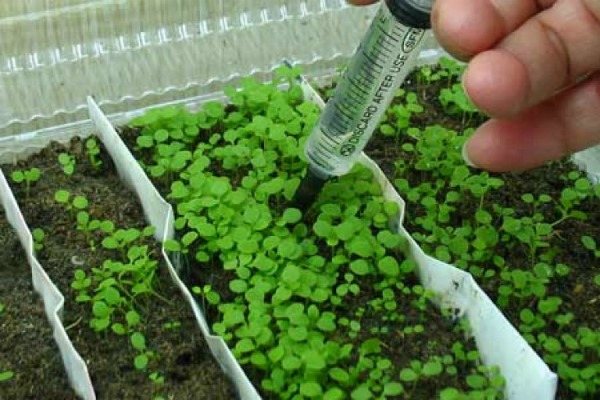

The culture requires moderate but regular watering.Excessive moisture can provoke the appearance of a black leg, and if there is a lack of water, the seedlings will simply dry out. It is best to water the petunia often, but little by little, avoiding getting water on the leaves.
For irrigation, use settled water at room temperature. Very tiny seedlings are watered with a drop method using a syringe, pipette or syringe. Freshly emerged seedlings are moistened daily, at the age of one month, watering should become more rare - three times a week.
Carrying out a pick
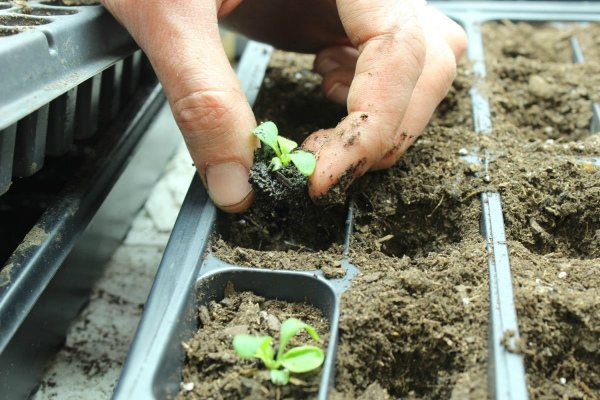

Petunia dive after the appearance of the first pair of true leaves. The work requires delicacy, as the plant roots are very fragile. A wooden stick is used as an auxiliary tool. On the eve of the day of picking, the seedlings are watered.
The seedlings are gently pry with a stick and removed together with a lump of earth, after which they are transplanted into individual containers. New pots should not be too large, holes are not necessarily made in the bottom to drain excess water.
How to feed petunia seedlings for growth
Young petunias need a lot of nutrients for good growth. In order for the seedlings to develop normally, in the first 2 weeks after the emergence of shoots, spraying is periodically carried out with a weak solution of potassium permanganate. At the stage of appearance of 3 or 4 true leaves, top dressing is introduced into the soil in the form of a solution of yellow "Kristalon" (0.5 tablespoons per 5 liters of water).
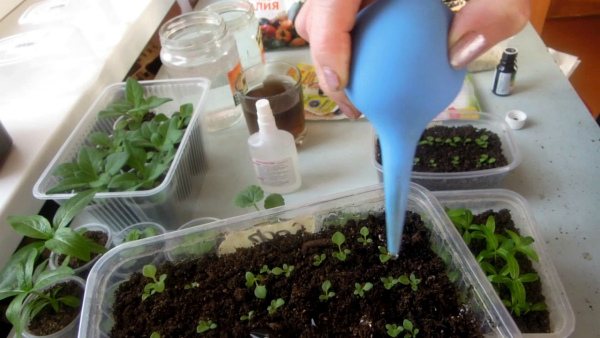

If there are a lot of seedlings, you can simplify feeding by spraying on the leaf. In this case, the fertilizer is also easily assimilated. At this stage of development, you can feed petunia and Uniflora fertilizer, alternating root and foliar application. Top dressing is carried out once a week.
14 days after the picking made, the seedlings are fed with fertilizer for root growth. For this purpose, drugs are used:
- Kemira Lux;
- "Solution";
- Plantafol;
- "Aquarin".
The solution is prepared in strict accordance with the attached instructions. If you are confident in the quality of the soil used for planting, feeding can be reduced or not carried out at all until the petunias are planted in the ground. A guideline for you should be the appearance of young plants.
Read more in the article: Petunia seedlings, feeding for growth
Pinching and seedling formation
Pinching the petunia contributes to its further lush flowering, as it prevents the stems from stretching and stimulates branching. They begin to form when the stems of the seedlings begin to stretch. By this time, plants should have at least 2-3 pairs of true leaves. Usually, the procedure is carried out after a pick or disembarkation in open ground. During pinching, the top of the head is gently torn off from the central stem.
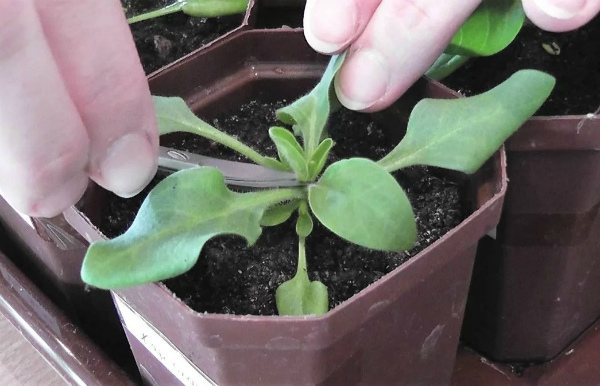

Features of surfinia care
Surfinia delights with a riot of colors and decorative flowers that create a colorful, floral cascade. These are some of the favorite flowers, willingly grown in pots on terraces and balconies. They are not created by nature. Their history is only 40 years old. This is a product of Japanese genetic engineers, a modified variety of petunia. Hanging stems can be up to 2 meters long. Flowers arrived in Europe in the late 1990s and quickly gained popularity due to their decorative effect and long flowering - from May to the first frost.
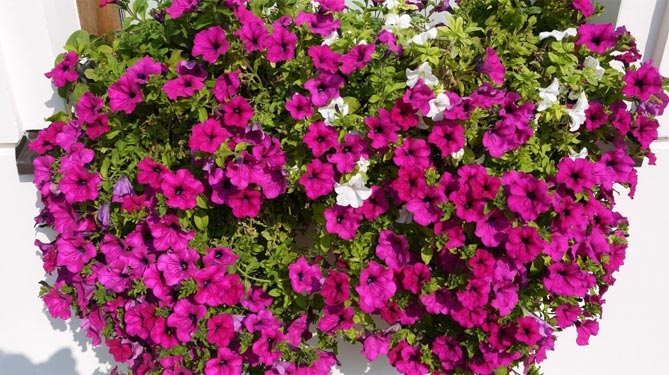

Surfinia is not difficult to grow. However, they, like other petunias, need abundant watering and fertilization.
Growing Surfinia - Requirements:
- Requires the sunniest positions. In slightly shaded areas, they do not fade, but they grow poorly, limit flowering, delaying it for several weeks. The best place to surf is on a sunny secluded terrace or south window.
- The place for surfinia should be protected from the wind as much as possible (so that the shoots will not break).
- The substrate for surfinia should be fertile, humic, permeable, with a slightly acidic reaction (pH 5.5-6.5).Universal soil can be acidified by the addition of needles or coniferous bark.
- Flowers love constant moisture, but cannot tolerate excess water. The bottom of the containers is covered with a layer of coarse gravel, stones or expanded clay. The pots should have multiple drainage holes. Surfinia are watered regularly without letting them dry out. When watering, avoid soaking the stems, leaves and flowers, they are extremely easy to burn in the sun, covered with brown spots. Moisture also contributes to the development of fungal infections to which these plants are extremely susceptible.
- Like most similar plants, fast-growing and intensely flowering surfinia requires a large amount of minerals. Abundant application of fertilizers is necessary - once a week they should be watered with multicomponent mixtures, preferably intended for surfacing.
- It is very difficult to grow surfiniya from seeds at home, so the first specimens are usually bought in an ornamental plant nursery. Then you can propagate surfini by cuttings. The cut off shoots are dipped in a rooting agent and planted like adult plants - they take root for about a month and give normal growth.
- Unfortunately, Japanese bioengineers focused on the decorative effect of surfinia and did not provide the plant with disease resistance. Especially fungal infections. In practice, plants attacked by fungi are rarely saved, so it is better to carry out prevention - water carefully, protect from rain, remove diseased shoots, spray with fungicides at two-week intervals (topsin).
- Surfinia are rarely grown as perennials because they flower best in the first year after rooting. Varieties that bloom for 2 years in a row should be transferred to the sunniest room for the winter. They can dry out in a shady place.
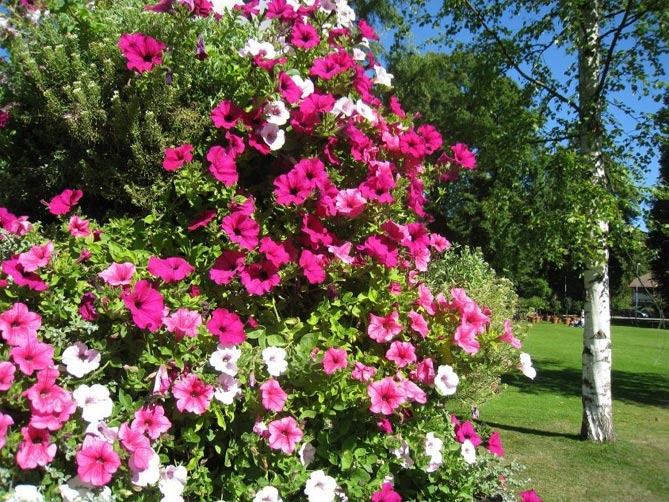

Possible mistakes when growing petunia seedlings
Beginners can make a number of mistakes when growing petunia seedlings. The result is poor quality seedlings or the seedlings die.
Major mistakes:
- buying old seeds - you may not get seedlings at all;
- early removal of the shelter, the film is removed from the greenhouse after the appearance of the first 2 true leaves;
- lack of pinching - as a result, very poor flowering will be observed;
- excessive watering - often leads to the appearance of fungal diseases;
- lack of fertilizing - seedlings are fed with a complex mineral fertilizer, starting to do this 2 weeks after the pick.
Only by receiving everything necessary for its growth, petunia seedlings will grow strong and healthy. If you are using your own seeds, remember to dress them before sowing.
When and how to transplant petunia seedlings to a permanent place
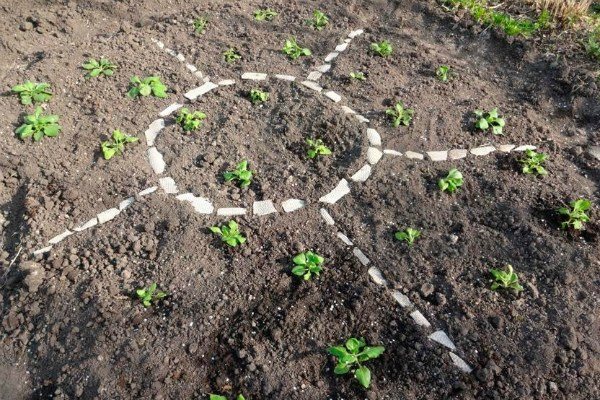

Petunia is a thermophilic plant, therefore, seedlings can be planted on a flower bed only after the end of the threat of recurrent frosts. In the middle lane, these works are carried out in the second half of May. Disembarkation dates are adjusted depending on the region.
The transplant should be carried out on a cloudy day or in the evening when the sun is not so bright. The soil is preliminarily prepared - loosened, fertilized, moistened. The planting scheme depends on the plant variety.
The interval between specimens of large-flowered petunias should be at least 25 cm, bushes of a multi-flowered variety are planted at a distance of 15 cm from each other. Ampel petunia requires a looser planting - it needs an interval of at least 30 cm. The seedlings are carefully removed from the pots and transplanted into the holes. After planting, the plants are watered, then a mulching layer (peat or humus) is laid.
Pinching the growth point
Plants with a removed apical bud branch better and turn out to be more spreading: therefore, it is better to pinch bush petunias above the fourth or fifth internode. With an earlier pinching, the plants will lag behind in growth, with a later one, they will grow unevenly.
In ampelous petunia seedlings, you can pinch the growth points of the lateral stems. In this case, a large number of lateral shoots of the following order are formed on them.
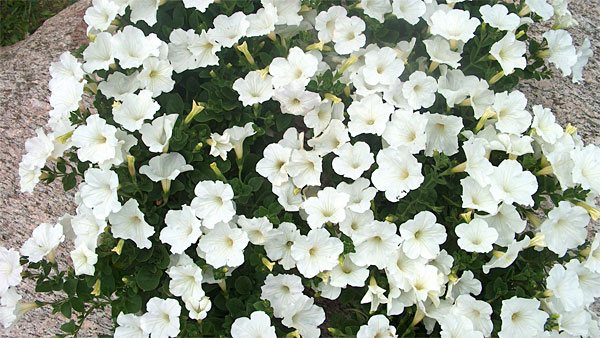

How to achieve a lush petunia bloom: tips
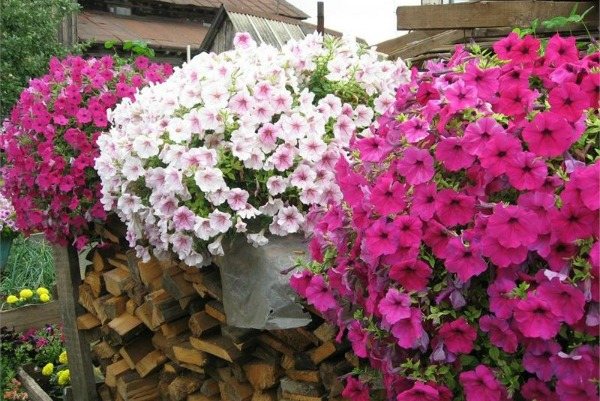

The flowering of petunias is greatly influenced by the quality of seedlings. Strong and healthy seedlings quickly adapt to a new place, weak plants take longer to take root and need additional care. The nutritional value and volume of the soil play a significant role in the quality of flowering. The soil must be fertilized.
One plant should have 4.5-5 liters of land. With a dense planting in poor soil, the plants will not be up to flowering, they will begin to compete for survival.
Too dense soil will not allow the roots to develop fully. When growing petunia in heavy soil, baking powder (peat, sand, vermiculite) must be added.
Blooming petunias need to be fed every 7-10 days, alternating organic and mineral fertilizers. Top dressing is applied only after watering in wet soil. For good flowering, it is recommended to feed the petunia at the beginning of growth with solutions of humic fertilizers twice.
With an excessive amount of sun, the flowers of the annual burn out. It is best to plant the plant where intense light is only available in the morning or afternoon. In order for the bushes to throw out new buds, faded flowers must be removed.

